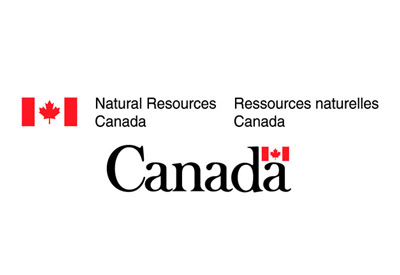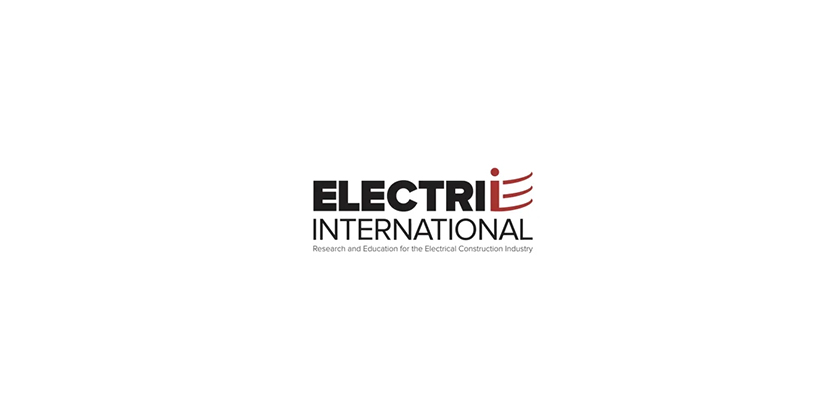Digital Technology Supercluster Announces Virtual Clean-Energy Training Platform for First Nations Communities

December 5, 2021
In partnership with the British Columbia Institute of Technology (BCIT), Siemens Canada, and Denesoline Corporation (Łutsël K’é Dene First Nation’s wholly-owned subsidiary), the Digital Technology Supercluster is proud to announce its investment in empowering Indigenous communities by providing an online vocational training program in Clean Energy Power Plants.
Many rural Northern communities, such as Łutsël K’é Dene First Nation are powered by diesel, which can be detrimental to both the environment and the health of residents. This project will work directly with Łutsël K’é Dene First Nation in the Northwest Territories to create a virtual experiential training platform in Clean Energy Power Plants to create Indigenous capacity to operate, maintain and upkeep clean energy microgrid systems.
The Virtual Clean-Energy Training Platform for First Nations Communities, will develop a new virtual platform using BCIT’s experiential learning tools. Through this platform community learners can remotely access, navigate, and control clean energy microgrid environments in real-time, giving users hands-on experience without leaving their community.
“BCIT is honoured to be partnered in this groundbreaking project that empowers Indigenous communities with vital training in the clean energy trade and is helping Canadian communities transition to greener fuels,” said Kathy Kinloch, President of BCIT. “Fulfilling work on our own important BCIT sustainability vision, this bold initiative connects education, industry, and government to power economic recovery and resilience in our province.”
This platform will train members of the Łutsël K’é Dene community for high-paying digital jobs, while expediting the transition from diesel to renewable energy sources. The trainees will learn the technologies and components involved in clean energy power plants, operational and management guidelines, and best practices in upkeep and troubleshooting.
“With the leadership of Canada’s Digital Technology Supercluster and the innovative thinking of the partners behind this project, the Łutsël K’é Dene First Nation will bring critical infrastructure to their community while also empowering Indigenous communities to create new opportunities in today’s digital economy,” added the Honourable François-Philippe Champagne, Minister of Innovation, Science and Industry.
“This is an investment in the people of the Łutsël K’é Dene First Nation. We look forward to learning from this incredible partnership as we explore how best to leverage technology for the benefit of rural and remote Indigenous communities,” said Sue Paish, CEO of the Digital Technology Supercluster.
Łutsel K’e, or “Place of the cisco fish,” is the only settlement on Great Slave Lake’s storied East Arm, a site of the new Thaidene Nene National Park. This scenic community of about 300 Dënesųłiné, or Chipewyan Dene, is accessible only by air, boat, or snowmobile.
This project is a total investment of $1.2 million with $700,000 invested by industry and $500,000 co-invested through the Supercluster’s Capacity Building Program. To learn more about this project, visit the Virtual Clean Energy Training Platform for First Nations Communities project page.

















